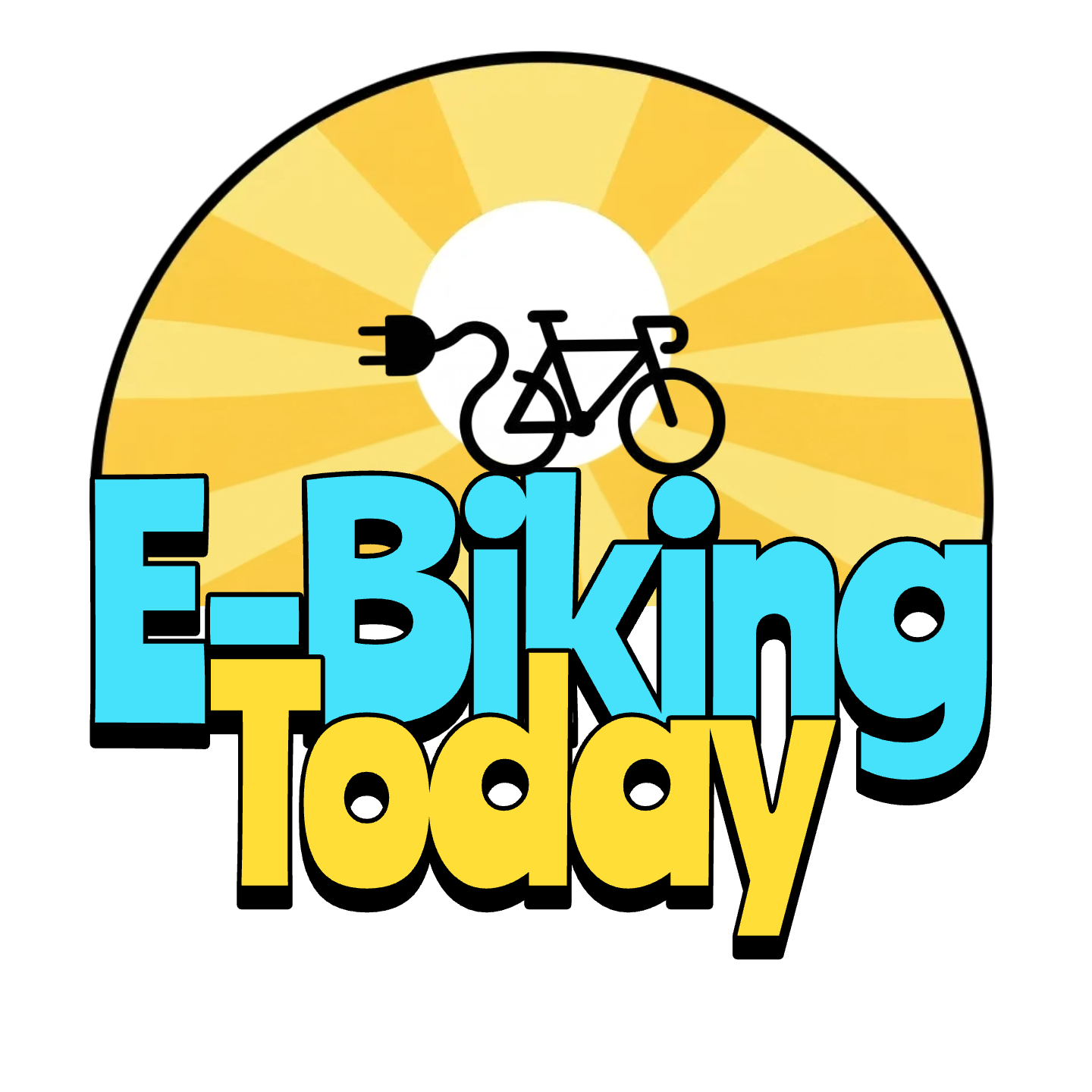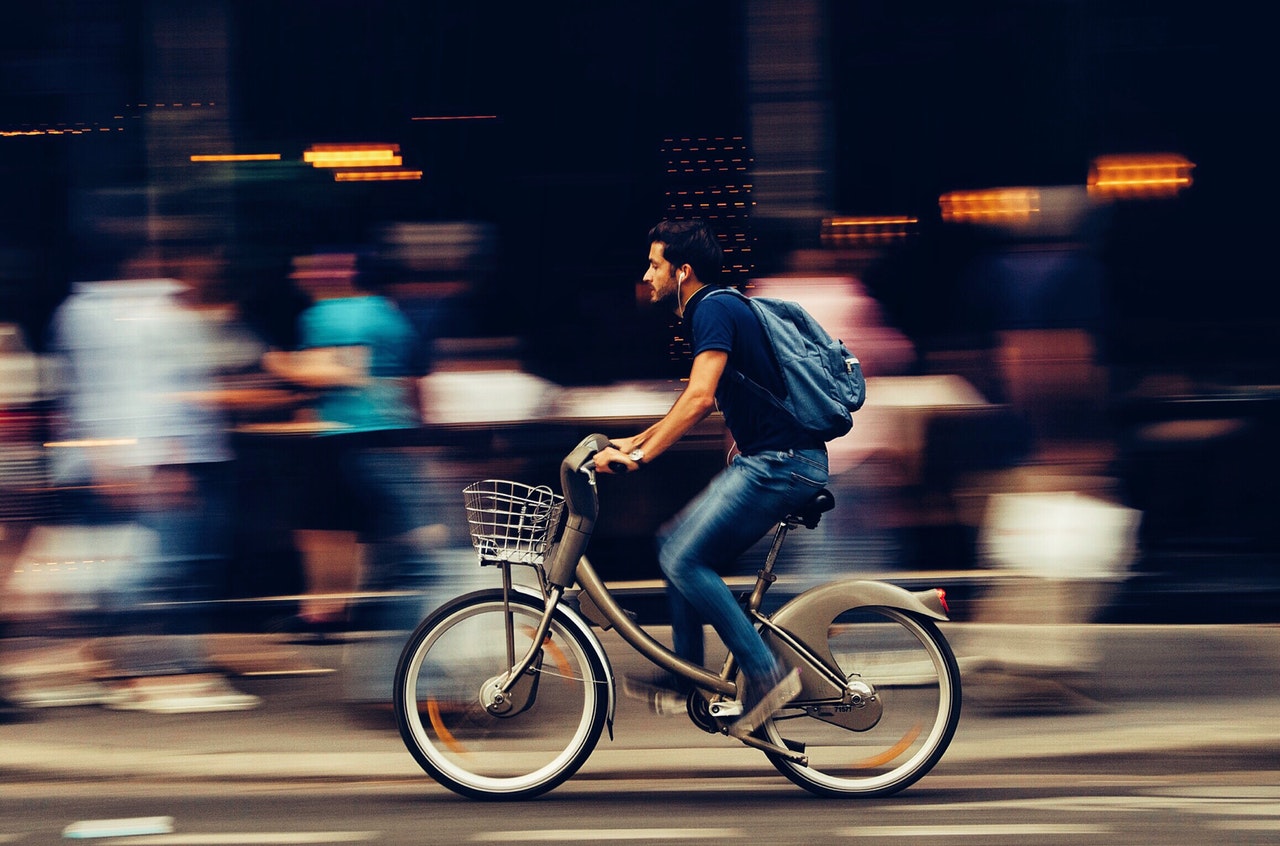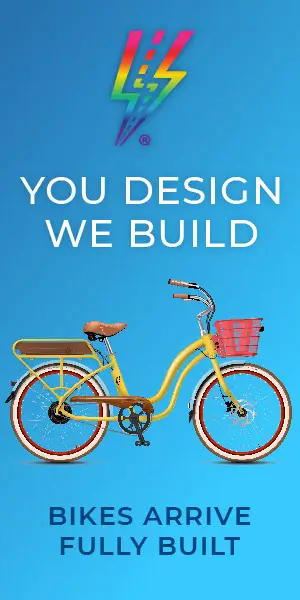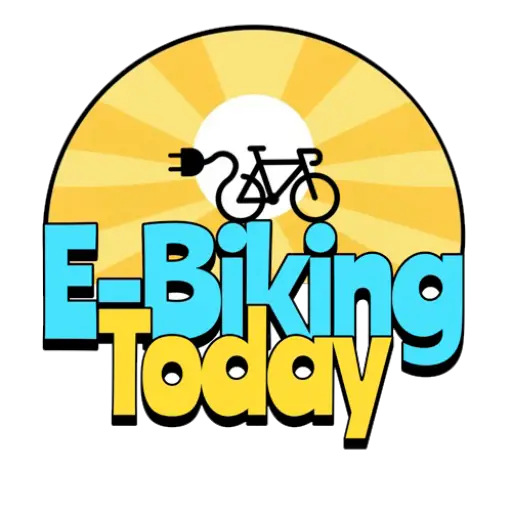An e-bike can go faster than a regular bike. But its speed really has to do with several different factors.
How fast an e-bike can go depends upon the:
- Maximum speed that the controller is programmed for
- E-bike’s classification and regulations
- Your pedaling effort
- Weight of the e-bike
- Weight of the rider
- Size of the tire
- Tire inflation
- Road conditions
Class 1 and Class 2 electric bikes with 250W-750W motors can go up to a maximum speed of 20mph (32km h) before pedal assist cuts out, while Class 3 e-bikes with 250W-750W motors can reach a top speed of 28mph (45km h). However, unregulated or custom-built e-bikes can exceed 28mph (45km h) if programmed to do so.
Continue reading and I’ll tell you what you need to know about the speed of an e-bike (and what’s legal!) so that you can make a good purchase decision, without regrets.
And, if you really want to go even faster, you’ll discover a few hacks to make it happen!
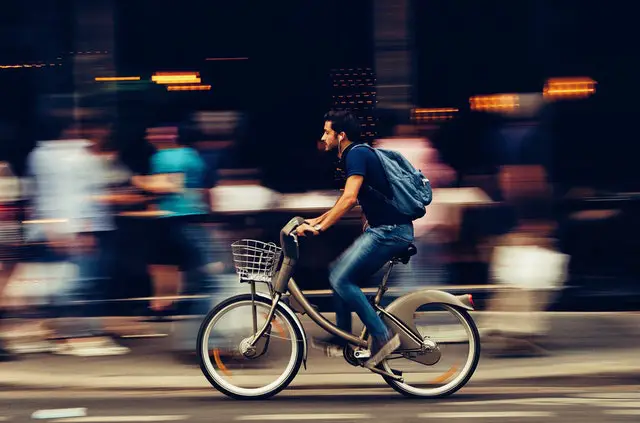
1. What is the Maximum Speed of an Electric Bike?
E-bike manufacturers program a bike’s controller to cut off electric pedal assistance when it reaches a certain speed. Typically, the maximum motor-powered speed for regulated e-bikes is 20mph (32km h) or 28mph (45km h). However, you can go faster than this limit either by:
- pedaling at an even faster rate or
- riding downhill and gaining speed with the help of gravity
For example, you may pedal consistently until you hit 20mph (32km h), at which time the electric motor stops working and you’re no longer pedal assist mode. But, if you continue to pedal even harder, or continue to pedal down a steep hill, you can possibly reach up to 28mph (45km h).
My husband, Marc, does this regularly on his RadMini electric bike (while I’ll reach 24-25mph before I put on the brakes).
Now if you’re riding a Class 3 electric bike that cuts the power at 28mph (45km h), then you may be able to ride up to 35mph (56km h) using these methods.
Discover how fast a QuietKat Jeep e-bike can go here!
2. What Are the Classes of E-Bikes? (Laws Defined)
| E-Bike Class | Pedal-assist: Motor only provides electric assist if a rider is pedaling | Maximum Power Output (Watts) | Maximum Speed (Motor Ceases Assist Once Reaching It) |
| Class 1: | Yes | 750W | 20 mph (32 km h) |
| Class 2: | No (uses a throttle) | 750W | 20 mph (32 km h) |
| Class 3: | Yes | 750W | 28 mph (45 km h) |
For many years, electric bikes were thought of as mopeds or motor vehicles, primarily due to the fact that they had electric motors. This often limited where they could be ridden and there was a lot of confusion about what was legal and acceptable.
Since then, many countries and states in the US have rallied around classifying electric bikes, which has provided riders with answers to many questions surrounding the legality of e-bikes.
By understanding the classes, and knowing which class your e-bike falls under, you can abide by the laws and magnify the enjoyment you get from riding. Plus you’ll have a better understanding of how fast your class of electric bicycles can go.
The Three Classes of E-Bikes Defined
Many of the states in The United States (as well as in many other countries) uphold a three-tier classification system for electric bikes. This helps define what kind of e-bike you can ride in different locations and how fast you can go.
Class 1 e-bikes can be ridden pretty much anywhere a regular bike can. Class 2 e-bikes are also pretty widely accepted with some restrictions. But owning a Class 3 e-bike can limit where you ride, especially if you want to ride in National and State parks as well as other public lands.
Here are the three e-bike classes defined:
- Class 1 Electric Bikes: Include pedal assist but no throttle, with a top assisted speed of 20 mph (32 km h)
- Class 2 Electric Bikes: Include electric assist but also have throttles and a top speed of 20 mph (32 km h), no matter whether the electric power is by throttle or the rider pedaling with assistance
- Class 3 Electric Bikes: Pedal-assist only with no throttle but have a higher maximum assisted speed of 28 miles per hour (45 km h)
E-bikes that fit into the three-tier classification system have motors between 250W and 750W and can’t exceed this legally.
Find out where you can ride your e-bike legally in the USA!
3. How Fast Can I Go on Electric Bikes by Pedaling?
Most electric bicycles will help you go as fast as 15.5 mph to 28 mph (25km h-45km h) while pedaling consistently, even if you’re not working hard.
However, as previously mentioned, this will be partially determined by your e-bike’s classification. If it’s a Class 1 or 2, with a motor wattage of 500W-750W, then you can reach a speed of 20mph (32km h) while pedaling comfortably, without too much exertion.
If it’s a Class 3 electric bike, then you can go as fast as 28mph (45km h) while still riding casually.
How fast you reach the top speed by pedaling has to do with the level of pedal assist you use. If you stay on the lowest pedal assist level, then you’ll need to exert more effort to get up to 20mph (32km h) than if you were using level 5 assistance.
If you choose not to use electric power assist, then your e-bike can go as fast as you can pedal it… just as with a regular bicycle.
Further, since a person can produce 150W to 200W of power just by pedaling with their legs, it’s reasonable to assume that you’ll be able to go faster than the top speed for your electric bike.
Speed will also be affected by your cadence (pedaling rhythm). The more consistent your pedaling, the better your speed will be maintained.
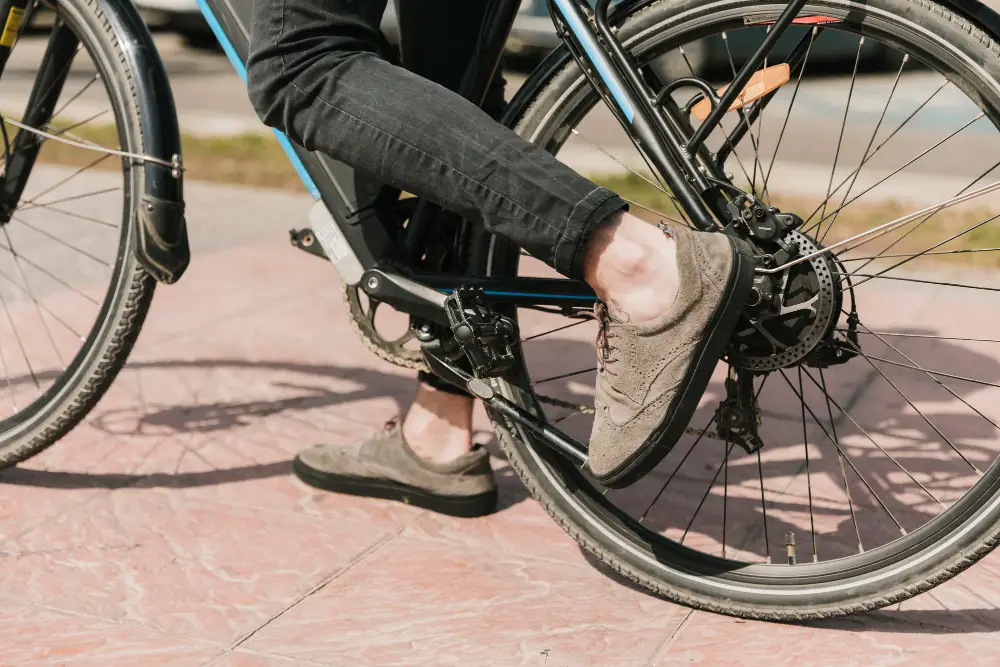
4. How Fast Can Heavy E-Bikes Go?
The reality is that electric bicycles can weigh up to 40lbs-50lbs more than a traditional bike. The average-priced e-bike ($800-$2000) will weigh between 55lbs and 70lbs. So, without using motor assistance, you’ll have to pedal much harder on a heavy e-bike than on a regular bike to go the same speed.
And even when using motor power, the weight of the e-bike will be working against speed. The heavier it is, the harder the motor will have to work to get you up to max speed. However, you can still go as fast as the motor will allow by pedaling and using electric assistance.
And, just note that added bike equipment, like a rack with a pannier, will further slow down your e-bike.
5. How Does Body Weight Affect E-Bike Speed?
As on a regular bicycle, heavier e-bike riders have to pedal harder to go just as fast as someone who weighs significantly less. Extra energy will be needed for heavier riders to climb a hill or ride over rough terrain, as gravitational forces will weigh your bike down.
So, body weight clearly affects the speed of electric bikes. However, with additional effort, your e-bike should still be able to reach its top speed.
6. How Does E-Bike Tire Size Affect Speed?
Most electric bikes have wheels between 16 inches and 26 inches, although they can be as small as 12 inches and as big as 29 inches.
Typically, the larger the wheel diameter, the faster e-bikes can go overall. However, a tire with a smaller diameter will rotate more quickly, allowing you to increase your speed more rapidly.
Generally, a 26″ tire can go over bumps and holes more easily than a 20″ tire, thus increasing its overall speed. But a 20″ tire will pick up speed faster than a 26″ tire. Therefore, long-distance road bike riders typically have 26″ or larger wheels because they value consistent speed over short bursts of speed.
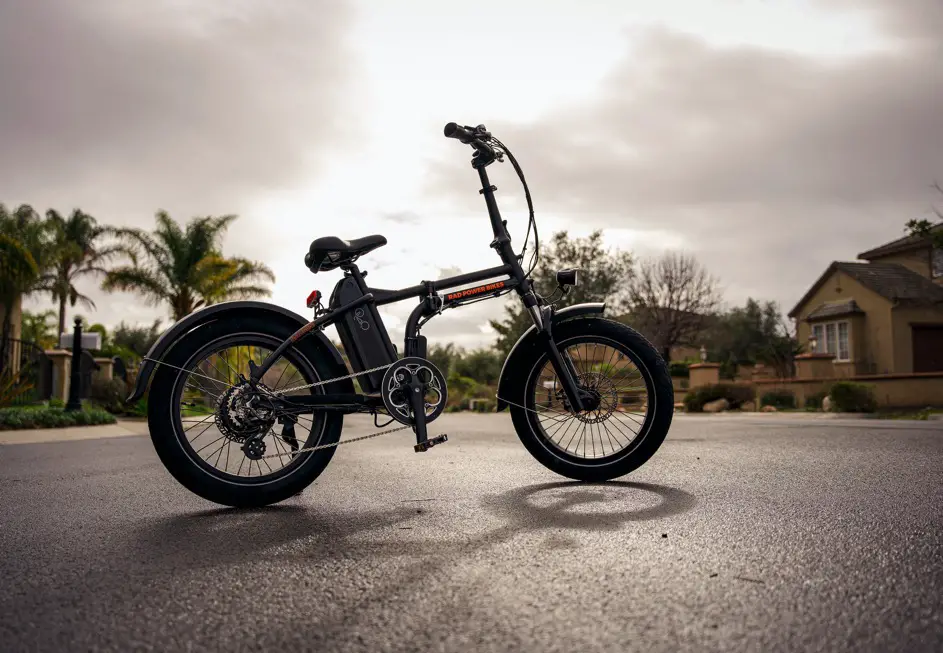
7. How Does E-Bike Tire Inflation Affect Speed?
Generally, when riding on a smooth road, the higher the tire pressure the faster electric bikes can go. When the terrain is bumpy or uneven, lower tire pressure will get you over those bumps more efficiently and thus more quickly.
Therefore, higher tire pressure won’t necessarily make e-bikes go faster. Instead, you need to choose the correct tire inflation depending upon the terrain you’ll be riding on.
8. How Do Road Conditions Affect E-Bike Speed?
Even if your electric bike’s speed can reach a maximum of 28mph (45 km h), it’s going to have a much harder time doing so if road and weather conditions don’t allow it.
Rough roads, rain puddles, or damaged roads will slow down your ride, especially if you’re riding with safety in mind. Further, the wind will hinder you even while using pedal assist. All of these conditions will produce resistance and may keep you from reaching your e-bike’s top speed.

How Can I Make My E-Bike Go Faster? (3 Easy Hacks)
Now that you have an understanding of how fast Class 1, 2, or 3 e-bikes can go, you’re probably wondering how fast you could really go if you don’t limit yourself to these classifications.
You can go as fast as you want if you’re willing to re-program your e-bike’s controller, build your own e-bike, or get a bike with a 1000W motor or more. This may make your e-bike illegal to ride and will likely void any warranty that came with your purchase.
This may not be a big deal if you ride electric bikes on your own large piece of property or ride on private land. However, you won’t be able to ride it legally on many public lands, including National or State Parks, the Bureau of Land Management, and the National Forest Service, among others. Be sure to check the location for the laws and rules before you go.
But whether or not anyone cares about your faster e-bike has a lot to do with how responsibly you ride it and whether you upset someone.
Here are a few relatively easy hacks to make e-bikes go faster:
- Remove the speed limiter- Typically this is a wire that connects to the controller.
- Trick the speed sensor- You may be able to do this by moving the sensor away from the wheel to where it won’t connect with the speed of your wheel. For example, you may be able to move it to the crank (but your speedometer may no longer work).
- Reprogram the e-bike’s controller software- You may be able to simply turn off or adjust a setting, but this will depend upon the bike.
There are more complex ways to change the speed of e-bikes but you might need some help if you’re not a professional bike technician.
You may also want to search for your model of e-bike on YouTube to find out what others are doing to make their e-bikes go faster.
Conclusion
There are quite a few things that determine how fast an e-bike can go.
In general, the three-tier classification system spoken about in this article is a good guide to follow, as are the other seven things discussed that electric bike speed depends on.
And although you can make e-bikes go faster with some modifications, they probably won’t be legal, so make sure to decide where you want to ride before choosing how fast you want your e-bike to go!
